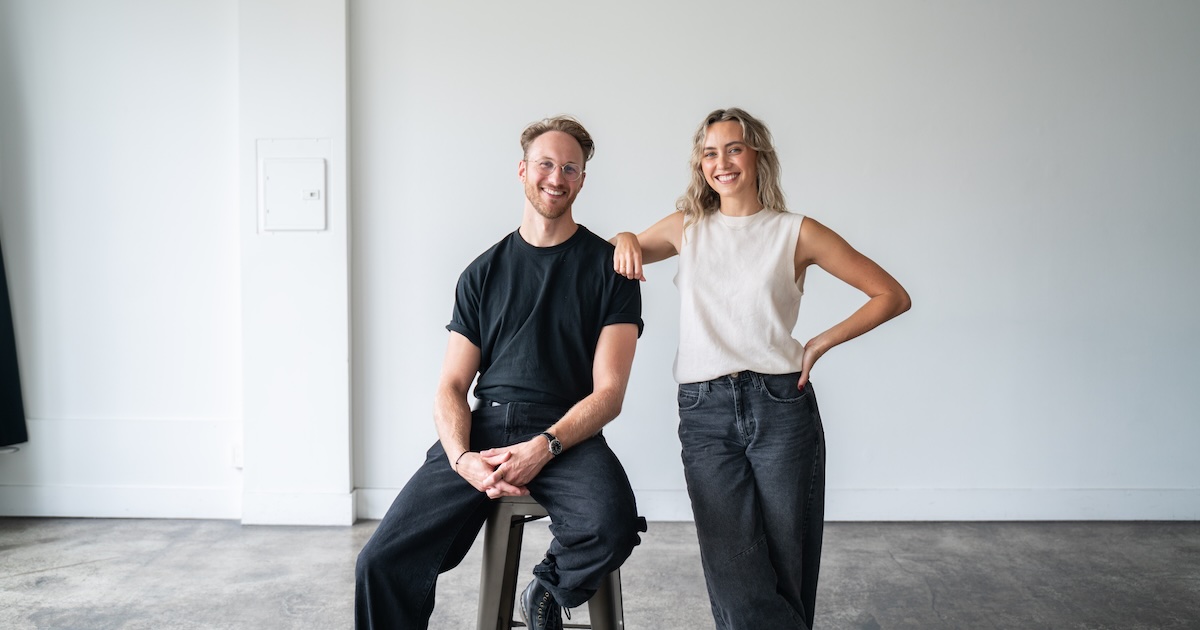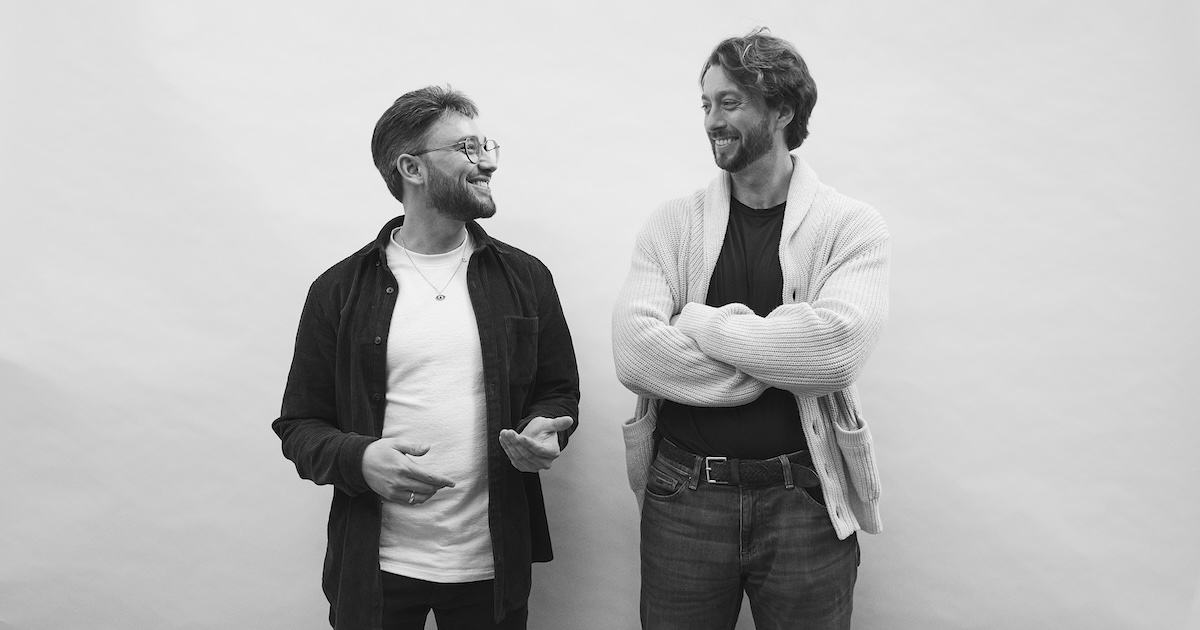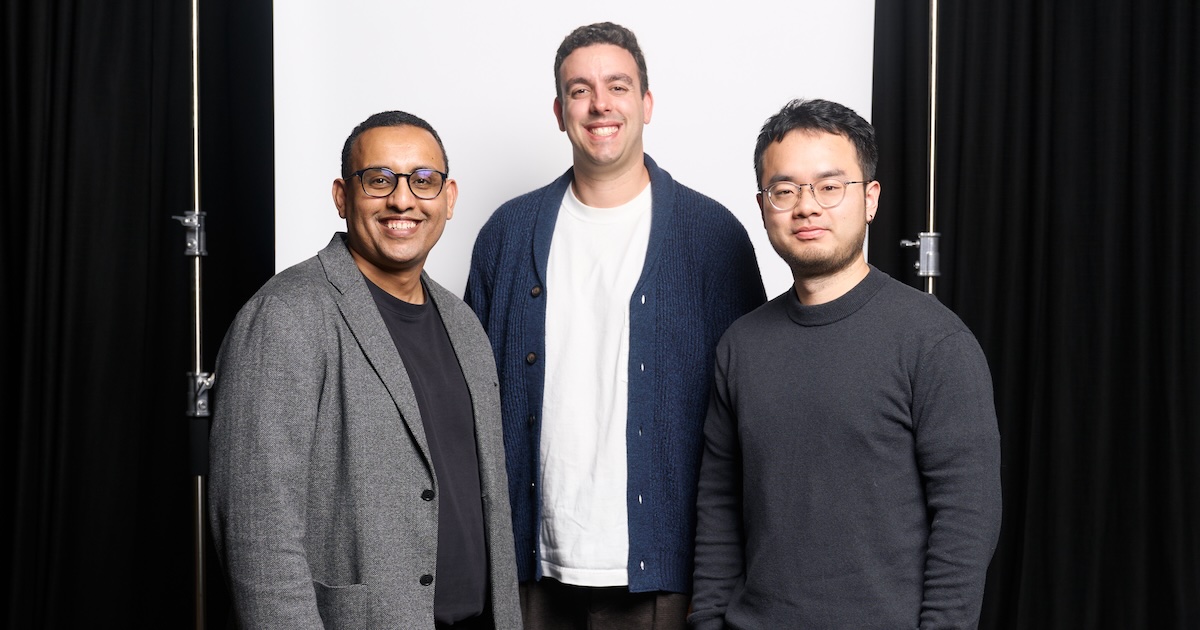
Spotlight On: Dr. Julio Ribeiro, co-founder & CEO of Inventia Life Sciences
Meet Dr Julio Ribeiro, the co-founder and CEO of Inventia Life Sciences, in this month's founder profile.
When we first invested in biotechnology company Inventia Life Sciences, we were struck by the “science non-fiction” nature of the work Dr. Julio Ribeiro and his team were doing. A printer that can print living human cells into 3D structures?? But as we’ve seen in the years on the journey together since, not only have the team made incredible progress on their initial application of the RASTRUM™ platform, but have continued to work towards a larger ambition at every stage.
Read on to learn more about the research that informed Julio’s 3D bioprinting breakthrough, advice for nurturing young scientists at work, and why we are currently just scratching the surface of what RASTRUM™ can do.
Blackbird: You've had an interesting career well before co-founding Inventia Life Sciences. Can you tell us a bit about your work leading up to founding Inventia?
Dr. Julio Ribeiro: Immediately after finishing my Master’s degree I worked for the first company anywhere in the world to use commercial DNA fingerprinting to establish paternity and for forensics. This gave me the opportunity to apply what I had learnt at university in a commercial setting.
I later moved from Brazil to Sydney. Once I arrived here, I was offered to do a PhD in Medicine at the University of New South Wales and as part of the job offer to work as a research assistant at the Prince of Wales Hospital in Randwick. Oncogenesis of bladder cancer was the subject of my PhD thesis. It was while working in a lab as a scientist, and experiencing the long manual process involved in the production of cell cultures, that I first had the idea that cell cultures could be printed. I realised then that 3D bioprinting would be a revolution in the way cell biology was conducted, given that 2D cell models didn’t truly represent real life human biology.
On completing my PhD I started at Sigma-Aldrich, initially in technical support and then as a Sales representative, and ultimately becoming a Sales Manager for Australia and NZ. In that role I created for Sigma-Aldrich in Australia a new division concentrating on Fine Chemicals and providing contract manufacture and customised services to the pharmaceutical industry. I also created a series of consumables that were to be co-sold with a DNA/RNA extraction instrument. These consumables (kits) were very successful globally. My experience at Sigma-Aldrich, a global leader in scientific reagents and instruments, was pivotal in my career because it taught me a lot of what I needed to know in order to create Inventia Pty Ltd.
In 2006 I founded Inventia Pty Ltd, as an incubator of biotech companies, and in 2012 I founded Inventia Genetic Technologies Pty Ltd (IGT), based in Brisbane, which has grown to become the leading provider of bovine IVF services to cattle producers in Australia. Through the success of IGT, Inventia was able to fund the development of RASTRUM™ business, which started in 2011, and in 2013 Inventia Life Science was born.
B: How did you meet your co-founders?
JR: In 2006, I established Inventia Pty Ltd to provide contract manufacture to the pharmaceutical industry. Few years later, with the help of Peter Arthur, a partner at Allen’s, the law firm, at that time, the IVF business (IGT) was stablished in QLD to help finance the 3D printing research and development.
In order to bring to life my idea for the 3D bioprinting of living cells, I knew that I needed expertise in system engineering. Meeting Dr Aidan O'Mahony at the early stage of this project back in April 2012 was a truly serendipitous event. Aidan was working in Sydney on the world’s fastest inkjet printing technology at that point in time, and his systems engineering expertise and experience were unique and ideal for to bring the vision to life. Aidan instantly saw the potential of the technology and immediately joined the company and started to build the prototype 3D printer.
My meeting Dr Cameron Ferris was also a serendipitous moment. In September 2013 I went to a meeting with Professor Gordon Wallace, a world leader in biofabrication, at the University of Wollongong, and that was where I met Cameron, who was his PhD student at the time. After the meeting I invited Cameron for a coffee and we discussed how he could become a part of the Inventia team developing RASTRUM™. I knew that Cameron would bring with him a wealth of knowledge in biofabrication and also a strong people-minded approach to business operations.

B: Let's dig into the initial idea you and your co-founders had for the business. What was it, and how has it evolved since then?
JR: Initially we explored several printing technologies to identify what would be the most suitable for cells and quite quickly concluded that the best methodology for RASTRUM™ would be the drop-on-demand technology (akin to an inject printer). We knew right from the start that this technology would be the most challenging, due to the complexity of the materials and the physics that it involved, but in our view it would be the only one capable of delivering the speed, complexity and scalability that the vision required. The printing of tiny droplets of human cells at a rapid rate would enable us to print very quickly, and this high speed would have the dual benefits of preserving the viability of the cells and enabling very complex cell models to be generated, which would not be possible with other methodologies. In this way we would be able to create very complex 3D models that would be ideal for testing drugs.
Since that time the vision for RASTRUM™ has significantly expanded. The power of the platform lies in the combination of the sophistication of our ‘drop on demand’ technology with a library of bio-ink matrices, and this library has turned out to be much more extension that we initially envisaged. This has enabled the development by us of Ligō, a device which prints cellular products in a precise and patient-specific manner, facilitating improved regenerative outcomes. The Ligo technology will transform skin regeneration and the current approach to wound management world wide.
B: We love Inventia's ambition to transform healthcare rather than simply digitising past practices. Can you walk us through what that means in practice in the technology you are building?
JR: When scientists produce 3D cell models manually in the lab for pre-clinical drug development, there are the issues of scalability and the natural human variations that result in low reproducibility. By using RASTRUM™, scientists can produce 3D cell models on a much larger scale and much more accurately and quickly than they can using conventional methods. RASTRUM™ also lowers the production cost of the cell model. The overall result is that the technology can reduce significantly the number of years that researchers need to do research on a drug, before it is clinically approved and can be given to a patient.
B: The Inventia team today spans more than 60 people across three continents - how have you built the culture as the team has grown?
JR: At Inventia, we believe strongly that the success of others is our success. That for us is the most important aspect of our culture. This guiding principle has helped to create happiness in the workplace and made us highly collaborative. Inventia consciously hires people from different backgrounds, because we feel that this generates a very rich environment for innovation. Furthermore, we find that we attract talent because of this culture that we have created. Young scientists feel that they can flourish at Inventia.

B: Rastrum's initial application to assist cancer researchers will have an impressive impact but that's only the beginning of the technology opportunity you see ahead. Can you tell us a bit about the longer-term ambition for the company and further applications for the technology?
JR: We are currently just scratching the surface of what RASTRUM™ can do. Our longer-term ambition is to develop more sophisticated models for research and to create tissues for clinical applications.
In the shorter term, as a result of the pandemic there will be a huge explosion of mRNA drugs coming to market, and we believe that RASTRUM™ is well placed to support the development of this group of drugs during the pre-clinical stage of their development.
B: Finally, what excites you most about the future of Inventia?
JR: I am very excited to see so many talented people joining Inventia in Sydney, as well as the sophistication of the platform. I truly believe that the sky is the limit of what we can achieve with RASTRUM™. And we have received such strong interest already from some of the biggest pharmaceutical companies in the world, which is also very exciting.
I am looking forward to being able to help scientists and doctors solve many more health problems in the future, through their research and clinical intervention.
Julio's Spotlight On:
A book that is worth reading: Memories, Dreams, Reflections by Carl Jung
A podcast you never miss or your favourite music album: Music album: Best Beethoven - Piano Concerto No 5 "Emperor" Concert y Zimerman, Wiener Philharmoniker, Conductor Leonard Bernstein (1989) or the album
Learn more about Inventia and the RASTRUM™ platform here










